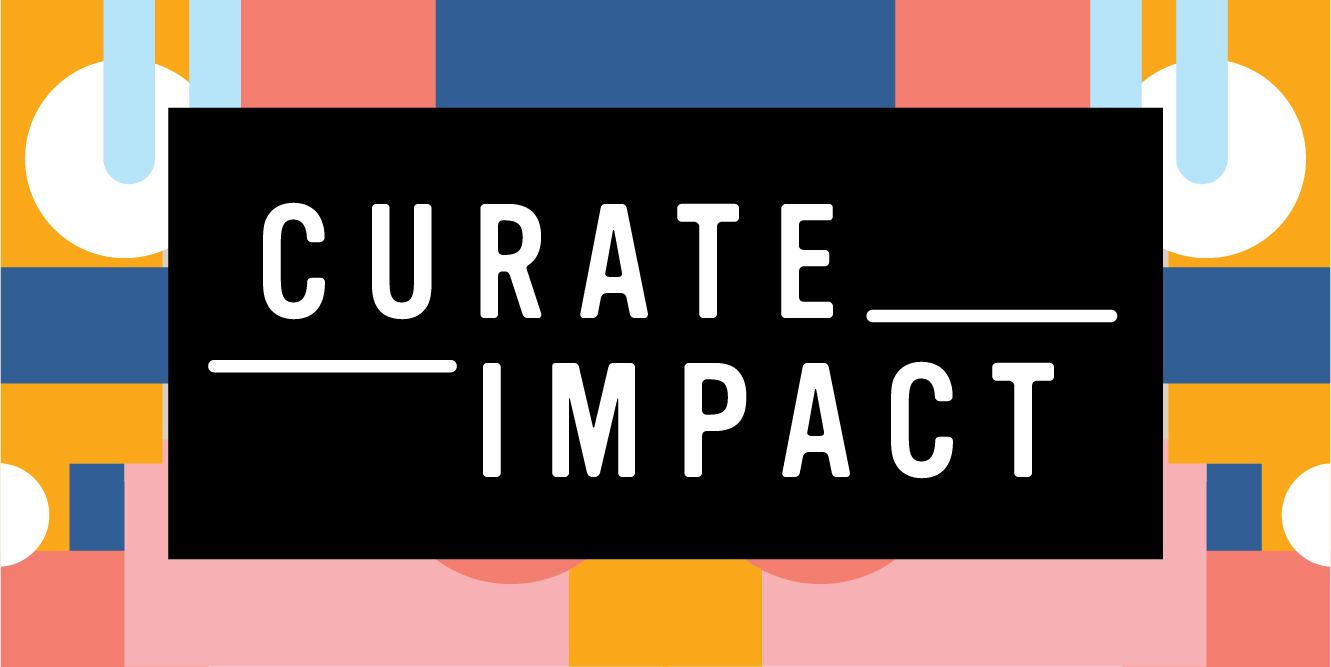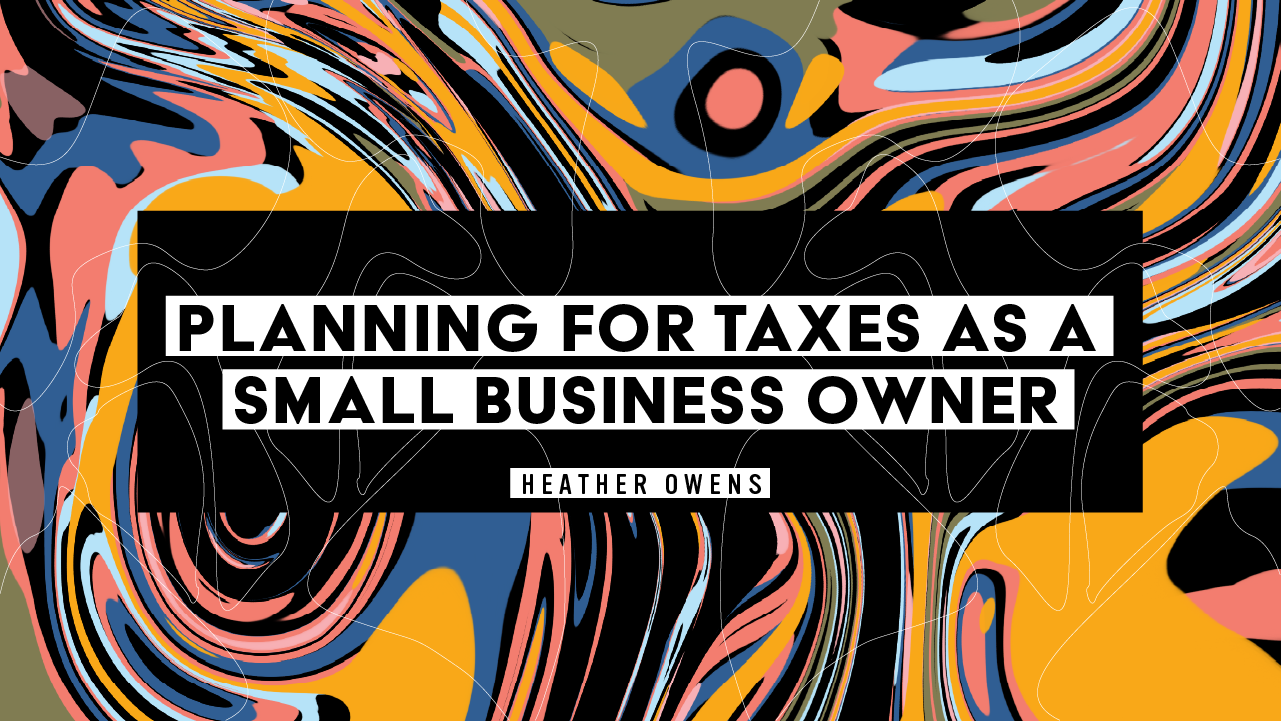This blog was originally shared on March 18, 2024. With the relaunch of our website (www.curateimpact.co), we are reposting our blogs on the new website and on LinkedIn.
Taxes. Such a small, yet loaded word.
TaxAct, an online tax filing platform, has been running ads that perfectly capture my feelings about taxes (see What’s more fun than taxes? and TaxAct knows you don’t look forward to taxes). I love when a company can poke fun at themselves. (This blog is not sponsored by TaxAct nor can we speak to TaxAct as an online platform.)
I remember filing taxes for the first time when I was 15. I hunkered down on our shared computer on the built-in desk in our kitchenette area. I used some online platform, had a simple return, and got a small refund. This was basically me:

For a few years, “doing my taxes” was a positive thing. I looked forward to it and always got a small return. When you are only making a few thousand dollars a year as a high school or college student, every dime was crucial and tax season was second only to Christmas.
And then I got married. We didn’t account for or understand the implications our collective income would have on our taxes. The next few years (and by “few years,” I mean over a decade), we always ended up owing money to the government (not the small, inconsequential amount of money, several thousand dollars annually). We dreaded doing our taxes. We would frequently speak to the universe and wish for “breaking even.” We would make small adjustments in the hopes of rectifying things for the next year, but there were always curve balls (I am a chronic job shifter; my husband would get a raise; we would contribute to a ROTH IRA; we would increase or decrease traditional IRA contributions; we had a kid; the pandemic hit and the child care credit shifted; I’m confident I didn’t fill out my W-2 properly; on and on). We could never get it right. Don’t get me wrong, I didn’t need a refund where I was giving an interest free loan to the government, I just didn’t love the surprise unknown of tax season. I only wanted to be close.
In operating my organizing business for nearly the last two decades, one thing that I’ve always been hyper conscious about is setting aside money for taxes. Since we always owed taxes, I would set aside 50% of all income from my organizing business and make estimated taxes. Sometimes that was $20 and sometimes it was a couple hundred dollars, but it was always something. I got a lot of joy out of heading over to the IRS’s website and the State of Maryland’s website on a quarterly basis and making my estimated tax payments. (No idea what estimated taxes are? Read more about estimated taxes here!)
The habit of setting aside money consistently and making estimated payments on a small scale made the transition to being fully self-employed significantly easier. As a small business owner, I take a single monthly distribution. Each month, I tally up that month’s gross income, then I make an immediate contribution to retirement. Once my retirement payment has been made, I set aside a percentage of my income into a savings account for estimated taxes. I don’t do anything else until those two things are complete.
On a quarterly basis, I pop into my savings account and make estimated taxes to the federal and state governments. Given the current high interest rates this year, our accountant helped us to calculate what our safe harbor estimated payments were. Anything above this calculated amount stayed in my high yield savings account until this spring’s tax season. Who doesn’t like making a little money on money??
This year, for the first time since 2012, we didn’t owe taxes. We had the right amount of money set aside to cover the gap between our safe harbor estimated payments and the amount in the savings account. Multiple times a day for at least a week after we filed our taxes, my husband and I would look at each other and proclaim how happy we were that we don’t owe any money (beyond what we had already set aside).
If you are in your first, fifth, or even, tenth year as a small business owner, here are my top recommendations for approaching this tax season - and planning for the next:
- Understand what small business tax deductions exist - and which ones you might qualify for. Here is some information from NerdWallet; here is a list of our favorite tax deductions.
- Use a bookkeeping software to track all income and expenses. Trust me - your future self (or accountant) will thank you!
- Determine if you feel comfortable filing your own taxes or if you would feel better working with an accountant.
- If you are filing taxes on your own, look for discounts for the software’s filing fee (i.e. The Freelancer’s Union has an offer for 25% off TaxAct’s fee, multiple credit cards are offering a set amount or percentage off of TaxAct and/or TurboTax, etc.)
- Work with an accountant or calculate your own safe harbor estimated tax amounts.
- Set money aside on a regular basis for your taxes and file estimated taxes.
- During your first year, it may be helpful to overestimate the amount of money you will need for taxes. If this is the case, I would recommend estimating your tax need based off of your top line income less any retirement contributions. As time goes on, if your expenses (and potential contractor pay) levels off, you can likely update your tax calculations to more accurately set aside exactly what you need.
Meet the Author: Heather Owens is the Founder of Curate Impact. In addition to aspiring to connect people with one another, with resources, and with opportunities, she provides direct operational support to social and environmental impact executives and companies. In her free time, she helps Baltimoreans organize their homes.
Connect with Heather: Reach out via email for inquiries related to direct operational support or organizing support. Follow Curate Impact on Instagram and reach out via email with any questions you may have.
A community of freelancers and small business owners built for impact.Curate Impact
Join the Slack Community!



